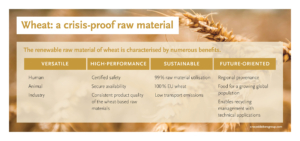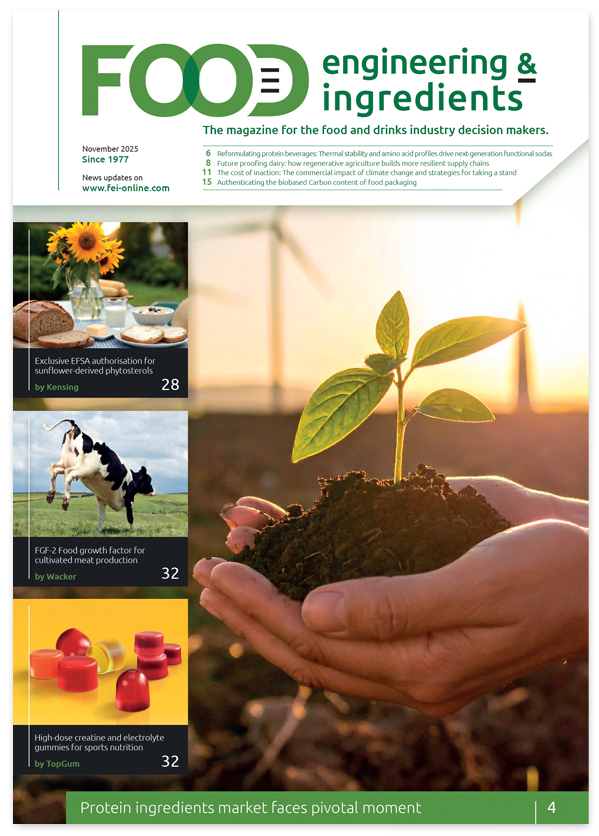Future ready: Sustainable wheat ingredients for functional concepts How the corona crisis has led consumers to rethink their attitude to food
The post-corona era calls for innovation and more global responsibility in the food industry. Consumers increasingly demand sustainable, safe and uncomplicated products. Market research institutes such as Mintel[1] are forecasting a long-term trend reversal in the food market after the crisis: towards higher expectations in terms of quality, as well as increased awareness of added health benefits and environmental compatibility. As experts in ingredients made from the natural raw material wheat, we at Loryma can respond to current consumer trends through innovative technology. As a result, manufacturers benefit from higher quality end products using the same or optimised production processes.
There are three megatrends at the epicentre of the corona disaster that will prove to be true innovation drivers in years to come. The crisis has led to a reorganization of the way we work, greater respect for the older generation and a desire to take more responsibility for our environment. These experiences will have a lasting impact on people’s living and consumption habits. Key learnings are a daily diet with less meat, easy preparation of food at home and a need for healthy and ethically justifiable nutrition. This is where the natural raw material wheat offers great potential: using extrusion technology, it is versatile and combines nutritional and technological advantages. Wheat proteins optimise the consistency of products such as meat alternatives, cereals, baked goods and convenience food. They provide high-quality amino acids and help to reduce global meat consumption, contributing to a better ecological balance. Wheat starches improve stability, texture and flavour, while extending shelf life and positively influencing the nutritional profile of food products, for example through sugar reduction. The use of functional blends enables individualised visually and texturally convincing applications that are quick and easy to prepare. This holds true for a virtually unlimited number of solutions, from breadings and vegan meat substitutes to confectionery, snacks and ready meals.
Our great asset is the flexibility of wheat combined with the expertise we have acquired over several decades. Loryma is a brand of the Crespel & Deiters Group, which processes 330,000 tonnes of wheat annually, which equates to an area the size of 57,500 football pitches. 100% of the guaranteed GMO-free raw material comes from the EU, 75% of which is harvested and processed in Germany. The regionality of this renewable natural product ensures a reliable supply, short transport routes and low emissions. Thanks to joint production, i.e. the creation of different products from the same raw material, the wheat can be utilised almost entirely with a yield of 99 per cent. This guarantees efficient and resource-friendly handling. Loryma‘s products are crisis-proof and pioneering for use in globally significant markets of the future. This also benefits the manufacturers who work with our ingredients.
About Loryma:
As a specialist in native and modified wheat starches, wheat proteins and wheat-based functional blends, Loryma has been a reliable and forward-thinking partner of the international food industry for around 40 years. The company is located in Zwingenberg (Germany), where experts develop future-proof solutions that simultaneously meet the needs of the food industry, as well as increasing demand for healthy nutrition for the world’s growing population. The responsibly and regionally sourced ingredients optimise stability, texture and flavour of meat and fish, vegetarian and vegan applications, baked goods, convenience products and confectionery. High-quality raw materials combined with in-depth processing knowledge make Loryma a reliable partner for service, product development and supply of tailor-made solutions to meet today’s demands.
For further information, please visit: www.loryma.de/en/
[1] Mintel: Global Food and Drink Trends 2030




